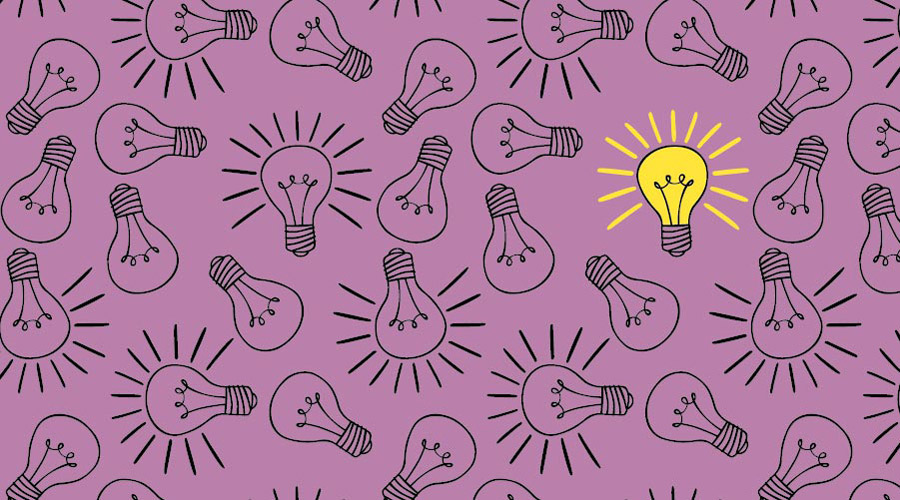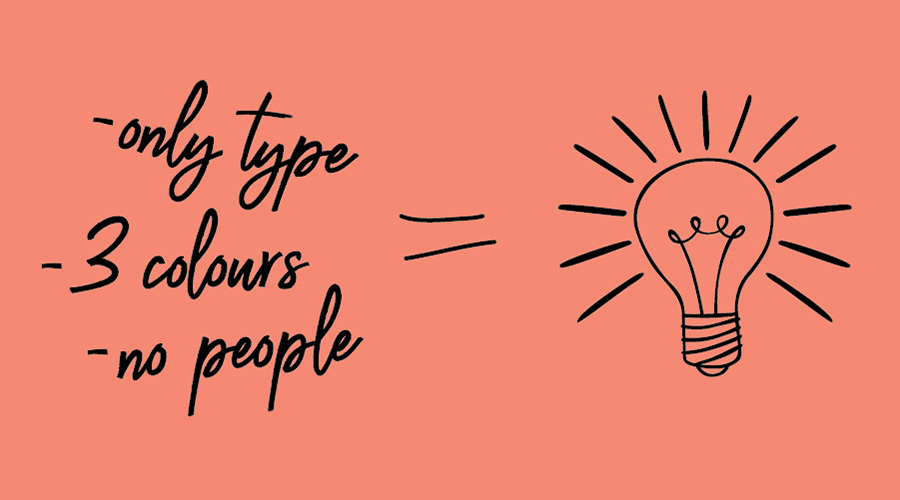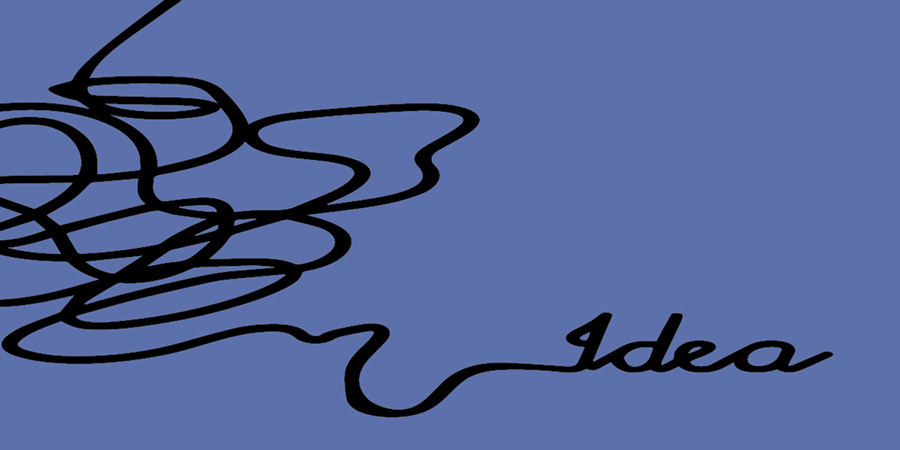1. Simplify the Problem to Provide Clarity
It’s amazing how many great ideas come forward if a problem is well defined. The better the problem or challenge is understood, the higher quality the ideas will be. The simple act of writing down the problem can help focus your thinking.

2. Define Your Key Processes to Kick Start Ideation
Do you look at random pictures as a starting point? Do you try to think about how Oprah
(or your favorite celebrity) would solve the problem? Do you use a ‘stream of consciousness’ approach and generate a zillion ideas and come back and refine? Find a few approaches that work well for you, use them and your ideas will flow.

3. Use Constraints to Take Creative Thinking in New Directions
When we put constraints around a problem, it can actually result in some really interesting approaches and ideas. For example, what if your constraint was that you couldn’t use type? Or you could only use type? Or if you limited yourself to 3 colours? Maybe for a car ad, you can’t show the car? Or if you’re working on a cereal ad, you can’t show people? When you use constraints, it can push you to think in very different and creative ways.
What are your tips for boosting effective ideation?

